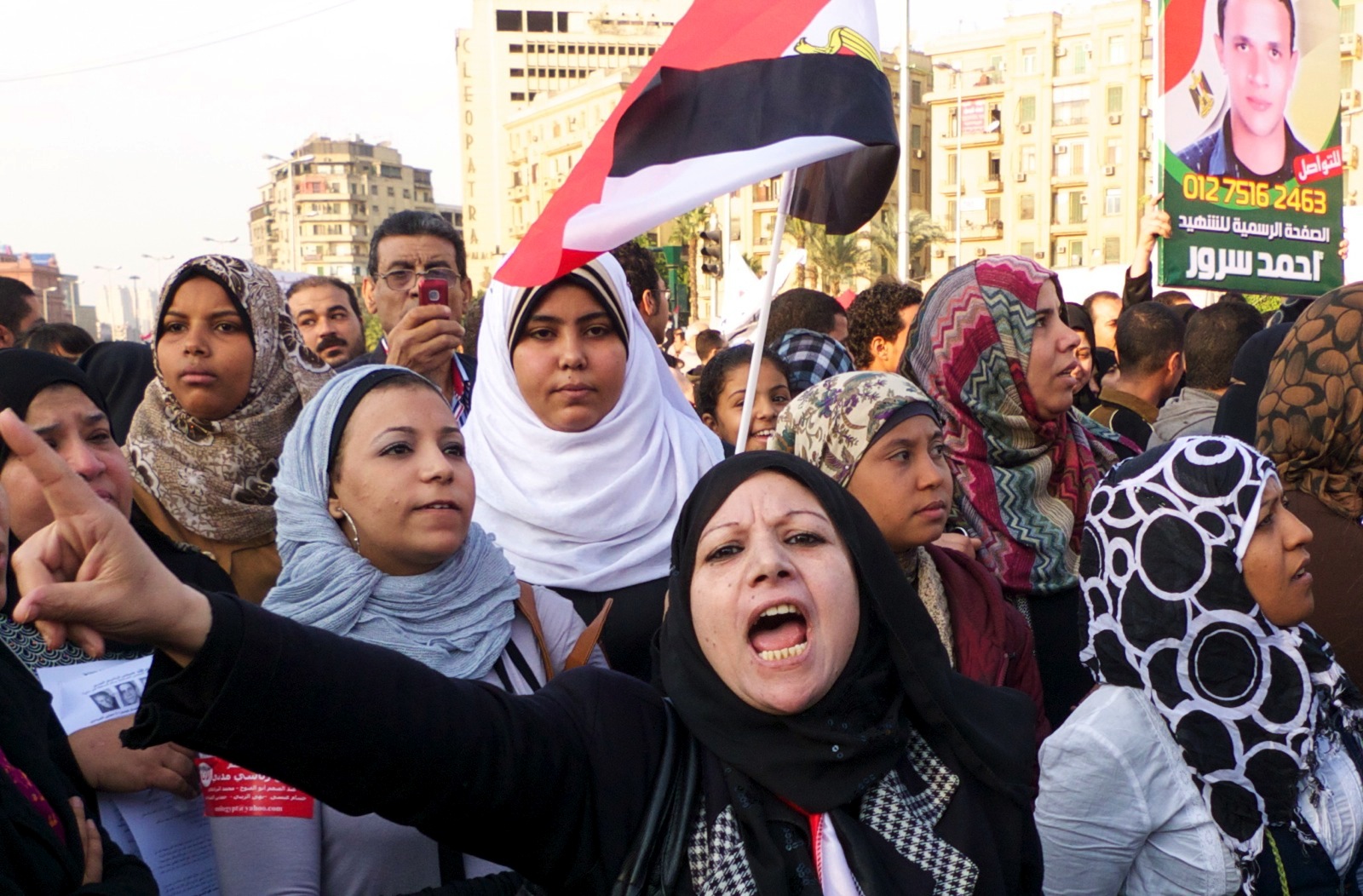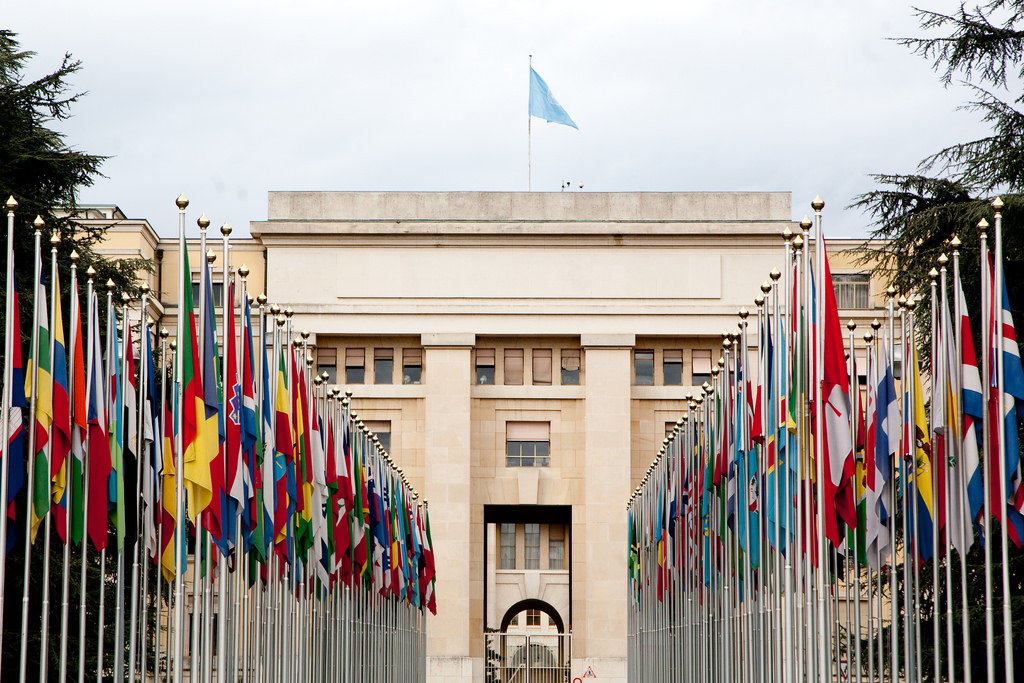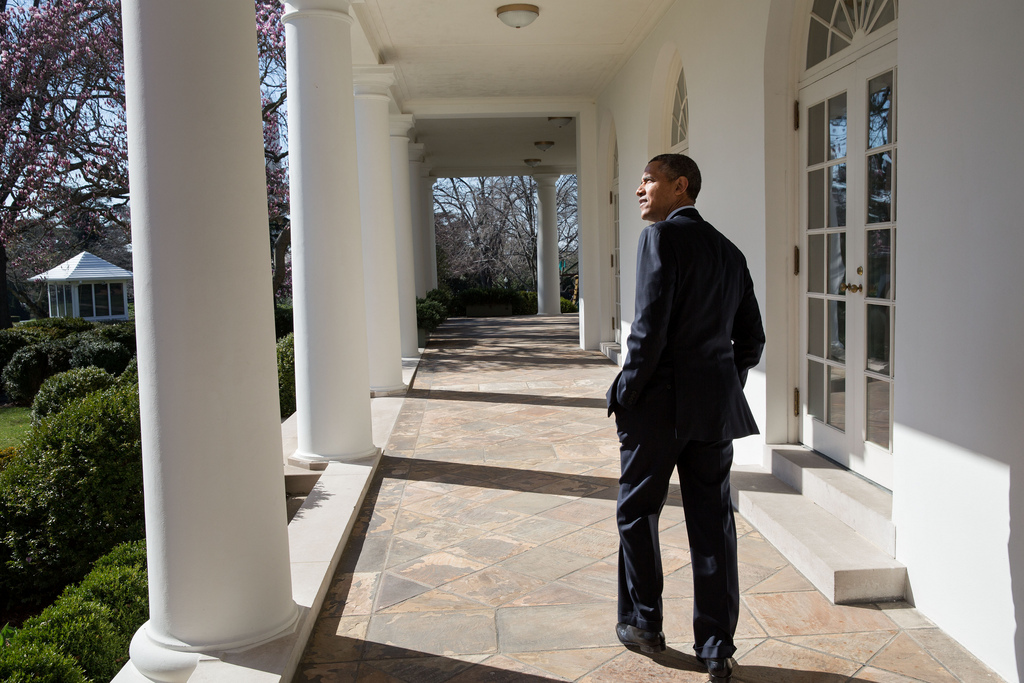Guest post by Ariel Ahram

The world has been horrified once again by the campaign of sexual violence launched by the Islamic State in Iraq and Syria (ISIS). A UN representative expounded in May that “the brutalization of women and girls is central to [ISIS’s] ideology.” The New York Times ran a piece on ISIS’s “theology of rape,” discussing the sexual enslavement of captured Yezidi women and girls. Reports alleging that Abu Bakr al-Baghdadi, ISIS’s self-proclaimed emir, sexually abused Kayla Mueller, an American aid worker, followed closely behind.
But focusing on the abuse of women in ISIS’s territory distracts from the larger picture—an epidemic of sexual violence enveloping the entire Arab world. And ISIS is hardly the only perpetrator. Since 2011, both rebel group and state forces have deployed rape and sexual violence against their opponents and civilians alike. As has been the case in many other conflicts, the victims are not just women and girls, but also men and boys.
This is not the inevitable unleashing of prurient sexual urges in the midst of wartime. Nor does it represent the enactment of any particular theological principles. Rather, sexual violence largely serves distinct political and military functions. Viewing sexual violence through the lens of political economy, Jacqui True argues that war entails the assertion of control over production and reproductive resources. Wartime rape, then, represents a kind of expropriation of the enemies’ sexual property or breeding stock. When linked to prostitution and human trafficking, sexual violence provides an outright revenue stream. Dara Cohen shows how fighting groups use sexual violence to build internal unity cohesion. Large scale sexual violence is part of what Elisabeth Jean Wood calls a repertoire of violence. Thus, even when not directly ordered, it is still often tolerated by commanders in the field.
Sexual Violence and the Arab States
While IS has sought to shock Western sensibilities with its flagrant sexual violence, as Cohen, Wood, and Ragnhild Nordås find using cross-national statistical analysis, state forces often pose as great or greater a danger to many civilians. The Syrian government is probably the most egregious example. Pro-Assad forces, particularly the notorious shabiha militias, have systematically raped and sexually tortured regime opponents. Rape and pillaging are often accompanied by efforts to ethnically-cleanse Sunni Arabs and others suspected of harbouring rebel sympathies. In Iraq, pro-government Shi’ite militias and Kurdish security forces have similarly been accused of using rape and other forms of sexual violence to intimidate Sunni Arabs and precipitate the flight of civilians. In Egypt, General Abd al-Fatah es-Sisi’s military regime came to power claiming a mandate to impose and law and order and end a perceived rash of street crime, including rape. Yet Sisi’s government, according to a recent report by the International Federation for Human Rights, has intensified the use of sexual violence against political prisoners and regime opponents, including so-called “virginity tests.”
These types of sexual violence are hardly new. For decades human rights organizations had documented routine patterns of sexual violence against prisoners and detainees throughout the Arab world. The use of sexual violence tended to intensify and expand when regimes faced immediate dangers. Rape and the threat of sexual humiliation was part of the elder Assad’s campaign against the Muslim Brotherhood in the early 1980s as well as Saddam Husayn’s genocidal ‘Anfal campaign in Kurdistan in the late 1980s. Faced with intense pressure since the outbreak of the revolts of 2011, regimes have made these techniques of repression more overt. Yet this violence has often proven counterproductive. The threat of sexual violation by government forces is one of the factors driving civilians into the arms of the rebels. ISIS’s sexual violence, as I have recently written, in many ways mirrors and mimics that of its state antagonists.
State Breaking, Population Displacement, and Sexual Violation
While state and rebel forces have used sexual violence for particular political purposes, the overall weakening of state authority across the Arab world has provided an opportunity to all kinds of criminal activities, including human trafficking and prostitution. This is especially the case where the collapse of state authority has left civilians at the mercy of various armed groups and contributed to massive population outflows, such as Syria, Libya, and Yemen.
According to the UN Refugee Agency, displaced and refugee populations are particularly vulnerable to sexual violence. They have few economic resources and often are cut off from the protection of family or male kin. In 2013 alone the UN received 38,000 requests for help involving rape, domestic violence, harassment, and psychological abuse from Syrian refugees. With the displaced and refugee population from Syria alone surpassing 10 million in 2015, this number is sure to have increased. And again, while number from Syria is staggering, it should not overshadow the 1.8 million displaced in Iraq, 334,000 in Yemen, and 140,000 in Libya.
Faced with such challenges, families and individuals are subject to all kinds of abuses. They often see little choice but to enter the sex trade. Human trafficking networks have expanded across the Sahel, North Africa, and the Levant. A significant proportion of those trafficked are destined for prostitution.
Impact of Sexual Violence and the Risk of a Lost Generation
The exclusion of women has hampered economic and political development in the Arab world for decades. In 2005 the Arab Human Development Report concluded that, “In public life, cultural, legal, social, economic and political factors impede women’s equal access to education, health, job opportunities, citizenship rights and representation. In private life, traditional patterns of upbringing and discriminatory family and personal status laws perpetuate inequality and subordination. At a time when the Arab world needs to build and tap the capabilities of all its peoples, fully half its human potential is often stifled or neglected.” The current crisis of sexual violence intensifies these effects.
Beyond physical damage, many victims of sexual violence suffer from post-traumatic stress disorder and other emotional problems that can render attending school, holding jobs, or other day-to-day tasks difficult. Victims can also face social stigmatization. Females are often deemed despoiled and thus ineligible for marriage. Men are dishonoured and de-masculinized. Some victims have been targeted for honour killing. For small endogamous communities like the Yezidis, the loss of so many women could spell a catastrophic demographic decline. In this case, sexual violence may be tantamount to genocide. Across the region, the epidemic of sexual violence, coupled with the wider impact of political instability, could cost an entire generation the chance for education, employment, and even a family.
Debates about military responses aimed at degrading and defeating ISIS continue. The question of how to care for those affected by sexual violence, though, remain largely overlooked. Humanitarian agencies are just beginning to develop effective programs to rehabilitate victims and reintegrating them with their families and communities. These measures will never get the level of attention—or funding—that a military campaign against ISIS would get. Yet they may be far more impactful in helping the region as a whole recover from the disasters of sexual violence.
Ariel Ahram is an associate professor of government and international affairs at Virginia Tech’s School of Public and International Affairs in Alexandria, Virginia.







3 comments
The Arab World is unfortunately collapsing